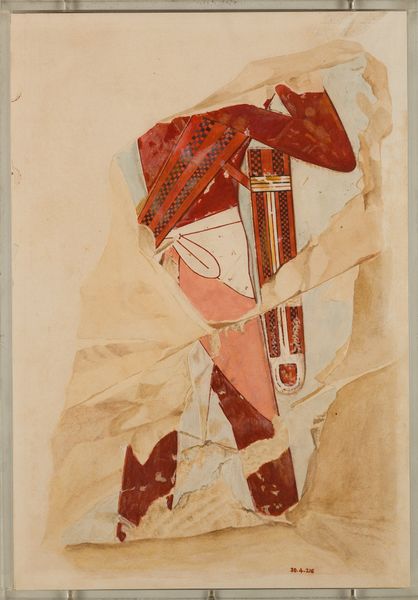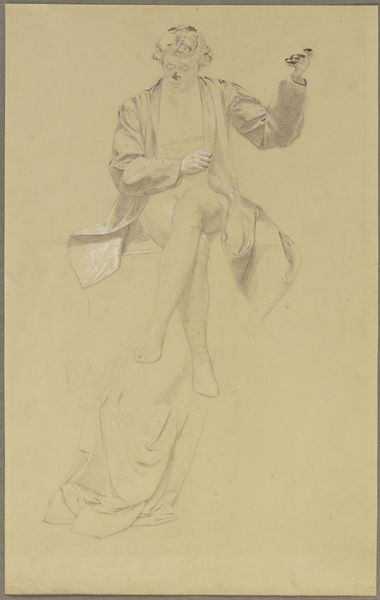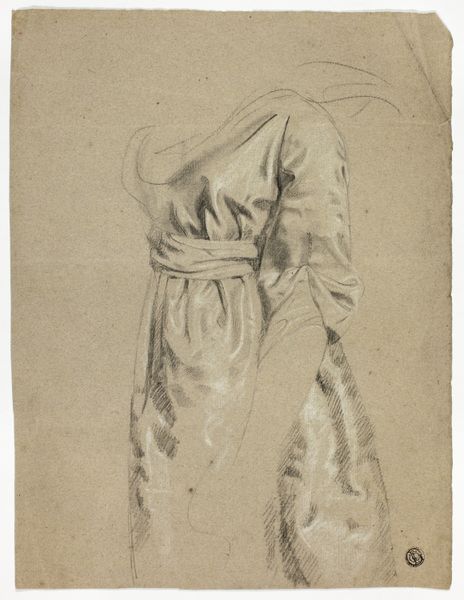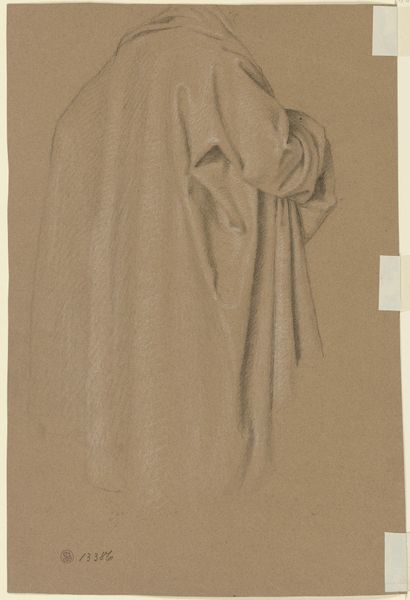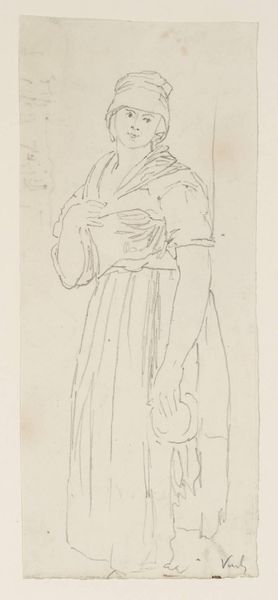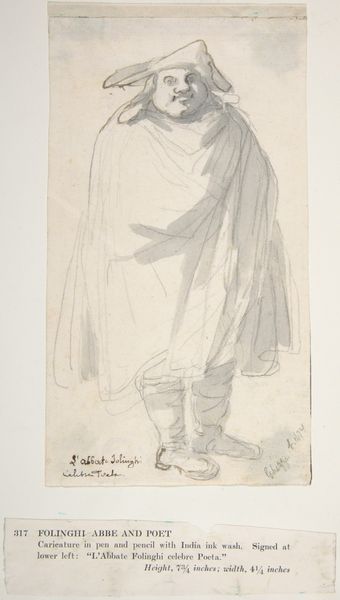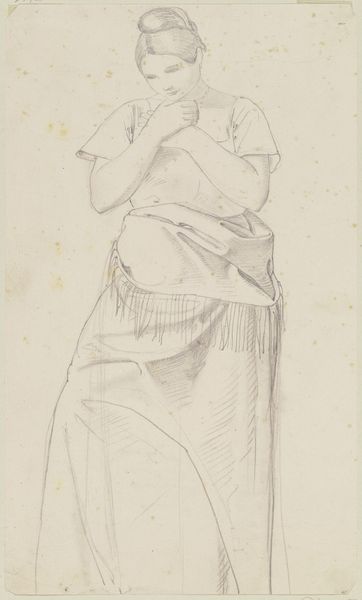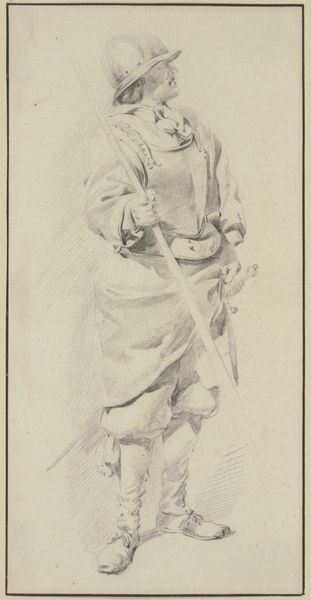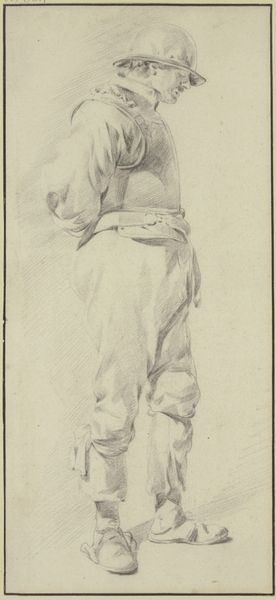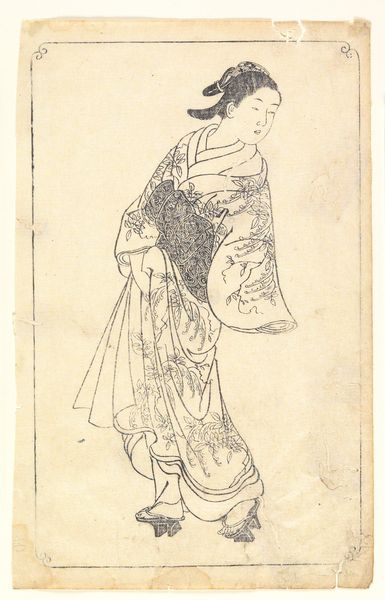
tempera, painting
#
portrait
#
face
#
tempera
#
painting
#
ancient-egyptian-art
#
figuration
#
oil painting
#
egypt
#
ancient-mediterranean
Dimensions: H. 22.5 cm (8 7/8 in); w. 6 cm (2 3/8 in) scale 1:1
Copyright: Public Domain
Curator: The fragment we are looking at, known as "Face of Puyemre," dates back to around 1473 BC, created during the Egyptian era. It’s currently housed at the Metropolitan Museum of Art. The medium is tempera on what seems to be a plastered surface, possibly a section of a larger mural. Editor: It strikes me as intensely melancholic. Even in this small fragment, the colors—the faded reds and blues—speak of age and loss. There's a regal air still lingering, but a sense of time's heavy hand as well. Curator: Absolutely, time is a critical material force here. We have to consider how the pigment choices – likely derived from minerals available in the region – dictated the visual palette. The application of tempera, demanding precision and layering, also suggests a highly skilled workshop environment, part of a larger system of craft production controlled by the state. Editor: I agree. This was not just a singular artistic vision, but a collective, ritualized process rooted in power dynamics. Puyemre, a high-ranking official, would have commissioned this as an assertion of his position, literally embedding himself within the dominant narrative of the period. The face isn't just a portrait; it is a symbol of social standing. Curator: Indeed. The use of specific red ochres for the face connects it both to the artistic conventions of representing skin tone for elite males and to the geographic materiality of the region itself. Every layer, from the plaster base to the final pigments, tells us about the construction of identity and status through available material resources. Editor: And looking at the remaining section showing ornamentation, it signifies luxury through meticulous construction. Every color had particular significance—the lapis lazuli blues were often imported from distant lands, marking it a coveted status symbol—illustrating the network of resources and control within Egyptian society. The fragment, despite its degradation, serves as proof of how power gets translated into physical form. Curator: It really forces us to re-evaluate the distinction between "art" and "artifact." This wasn’t made to be purely decorative; it was functional, representing power relations through skillful manipulation of earthly matter. Editor: Precisely! What this remnant reveals transcends simply aesthetics. It prompts us to grapple with how the narratives of identity, prestige, and rule get etched into cultural objects and how deeply interwoven that creation is with systems of production, social meaning and power. Curator: A fascinating glimpse into the layers of materiality and social meaning. Editor: Definitely a prompt to interrogate the voices and materials that echo in history.
Comments
No comments
Be the first to comment and join the conversation on the ultimate creative platform.
